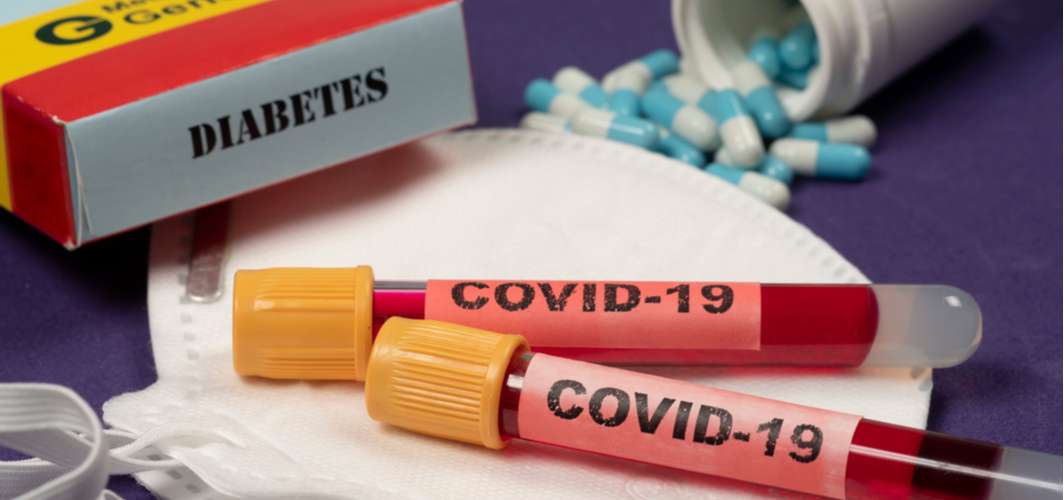Diabetes Management
Does Gestational Diabetes Lead to Type 2 Diabetes?
3 min read
By Apollo 24/7, Published on - 17 November 2020, Updated on - 11 December 2023
Share this article
0
0 like

What causes gestational diabetes?
Risk factors for developing gestational diabetes
Being overweight
A parent or sibling having type 2 diabetes
Previous pregnancy with gestational diabetes
Previous childbirth where the weight of the baby was over 4.5kg
Having prediabetes (sugar levels more than normal but not as high as diabetes).
What are the symptoms of gestational diabetes?
Increased thirst
Frequent urination
Dry mouth
Fatigue
Does gestational diabetes turn into type 2 diabetes later on?
Conclusion
You can also try the Apollo 24|7 Diabetes Self-Management Tool to log your sugar values, track patterns, know all about food nutrition and more.
Diabetes Management
Consult Top Diabetologists
View AllLeave Comment
Recommended for you
.jpg?tr=q-80)
Diabetes Management
Probiotics: A Gut-Friendly Ally in Diabetes Management
Probiotics, beneficial bacteria that help maintain gut health, are emerging as potential allies in managing diabetes. Their role in improving metabolic health, including blood sugar regulation and insulin sensitivity, is under investigation. However, early results make them a promising addition to a holistic diabetes management strategy. Consult your doctor before introducing probiotics to your diet or supplement regimen. Further, consider enrolling in a holistic diabetes management programme, like the Apollo Super 6, to receive support on this journey.

Diabetes Management
Why is Controlling Diabetes Even More Important During the COVID-19 Pandemic?
The Coronavirus can infect anybody in the community, but the elderly and people with underlying conditions such as diabetes, heart conditions, lung disease, etc. are likely to be most severely ill if they contract the virus.

Diabetes Management
Acidosis: Types, Causes, Symptoms and Treatments
Excess acid can get accumulated in the blood, resulting in acidosis and if not treated, can result in shock, organ damage, and fatal outcomes.
Subscribe
Sign up for our free Health Library Daily Newsletter
Get doctor-approved health tips, news, and more.
Visual Stories

8 Fruits That are Incredibly Healthy for Diabetes
Tap to continue exploring
Recommended for you
.jpg?tr=q-80)
Diabetes Management
Probiotics: A Gut-Friendly Ally in Diabetes Management
Probiotics, beneficial bacteria that help maintain gut health, are emerging as potential allies in managing diabetes. Their role in improving metabolic health, including blood sugar regulation and insulin sensitivity, is under investigation. However, early results make them a promising addition to a holistic diabetes management strategy. Consult your doctor before introducing probiotics to your diet or supplement regimen. Further, consider enrolling in a holistic diabetes management programme, like the Apollo Super 6, to receive support on this journey.

Diabetes Management
Why is Controlling Diabetes Even More Important During the COVID-19 Pandemic?
The Coronavirus can infect anybody in the community, but the elderly and people with underlying conditions such as diabetes, heart conditions, lung disease, etc. are likely to be most severely ill if they contract the virus.

Diabetes Management
Acidosis: Types, Causes, Symptoms and Treatments
Excess acid can get accumulated in the blood, resulting in acidosis and if not treated, can result in shock, organ damage, and fatal outcomes.


